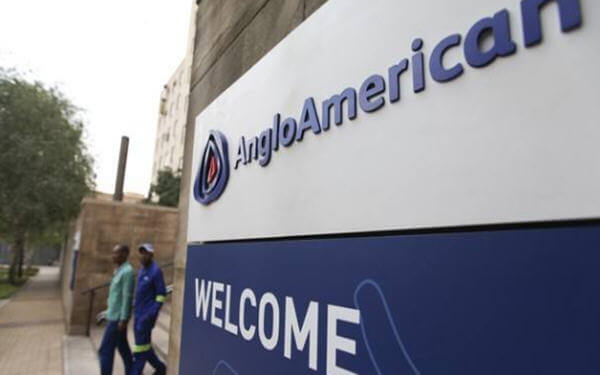
AXMIN Inc (TSXV: AXM)
AXMIN Inc. (TSXV:AXM) is a Canadian-based exploration and development company with a strong focus on central and West Africa.

Miner Anglo American is betting that China’s generous subsidies for hydrogen-powered fuel cell vehicles will continue to at least 2025, providing “material” additional demand for platinum — a precious metal that has slumped on global markets.
While Chinese authorities are reducing subsidies for electric battery-powered vehicles, they will continue supporting fuel cells, which are better suited for larger and longer-range vehicles such as trucks and buses, the chief executive of Anglo American Platinum said.
Platinum has been one of the worst performing commodities over the past five years, falling 40 per cent to trade at $846.6 an ounce. But China is targeting 1m fuel cell vehicles by 2030, up from 5,000 now, and industry insiders think the total could reach 2m, or 5 per cent of the total car market.
If China hits half that number, that could lead to about 750,000 ounces of platinum demand, even with a reduction in the amount of platinum used per vehicle, said Anglo Platinum chief executive Chris Griffith. “What has really been a twinkle in everyone’s eye around fuel cells is really starting to change,” he told the Financial Times.
Over the past decade Beijing has spent an estimated $58.3bn supporting its electric car industry, creating the world’s largest market for battery powered cars, and also dominating the global supply chain, according to estimates by the Center for Strategic and International Studies. Now authorities are setting their sights on fuel cell technology, aiming to catch up with Japan and Korea, where Toyota and Hyundaihave unveiled hydrogen cars.
Last year China spent about Rmb85bn ($12bn) on supporting fuel cell hydrogen-powered vehicles, with a mix of generous national and local subsidies that have easily covered the cost of producing the vehicles. That policy, which is due to end in 2020, is likely to be extended, Mr Griffith said.
“It’s highly likely this programme won’t be done by then and they will extend it for another period of time,” Mr Griffith said. “The solution to the pollution problems will come from a number of different areas. Battery and fuel cells can happily coexist alongside each other, and will be incentivised by the government for different reasons.”
In a fuel cell, compressed hydrogen reacts with oxygen to generate an electrical current that drives an electrical motor, emitting only water as a waste product. Platinum is used as a catalyst in fuel cells, with around 0.5 to 0.6 grammes of platinum per kilowatt. A small delivery truck uses a 35kW fuel cell while the Toyota Mirai, a car, uses a 114kW fuel cell.
Companies can receive a Rmb500,000 national subsidy per vehicle if it has driven at least 20,000km. They also receive a local subsidy that varies by region.
China’s state-owned Citic Group has a monopoly to import platinum into China. But new platinum investment products are set to open up the market next year, including a cash-settled contract on the Shanghai Gold Exchange, and an exchange-traded fund in Hong Kong, according to people familiar with the launches.
Source: FT.com